Did you know that a single dripping faucet can waste over 3,000 gallons of water in a year? That’s just the beginning. Eco-friendly plumbing isn’t just a trend—it’s a powerful solution for combating climate change while lowering your utility costs. By updating your plumbing system with sustainable choices, you can reduce water consumption , save on your energy bill, and make a positive impact on the environment every single day. Read on to discover how a few simple changes in your home or business can help save the planet and your wallet .
Startling Facts: Why Eco-Friendly Plumbing Matters More Than Ever
The urgency for eco-friendly plumbing has never been greater. Freshwater scarcity is affecting communities worldwide, with experts predicting that by 2025, half the global population could face water shortages. Traditional plumbing systems and outdated fixtures can waste thousands of gallons of water each year, contributing directly to environmental harm and higher water bills.
The environmental impact of inefficient plumbing systems is staggering. Older homes often have leaky pipes and inefficient water heaters, leading to unnecessary water loss and increased energy consumption. The EPA estimates that household leaks can waste nearly 1 trillion gallons of water annually nationwide. Shifting to eco-friendly plumbing is an essential step in tackling these wasteful trends.
Not only do sustainable plumbing solutions help conserve water, but they also play a vital role in reducing your carbon footprint. Upgrading to water-efficient fixtures , high-performance water heaters, and smart water monitoring devices empowers you to control your consumption and support global conservation efforts right from your home.
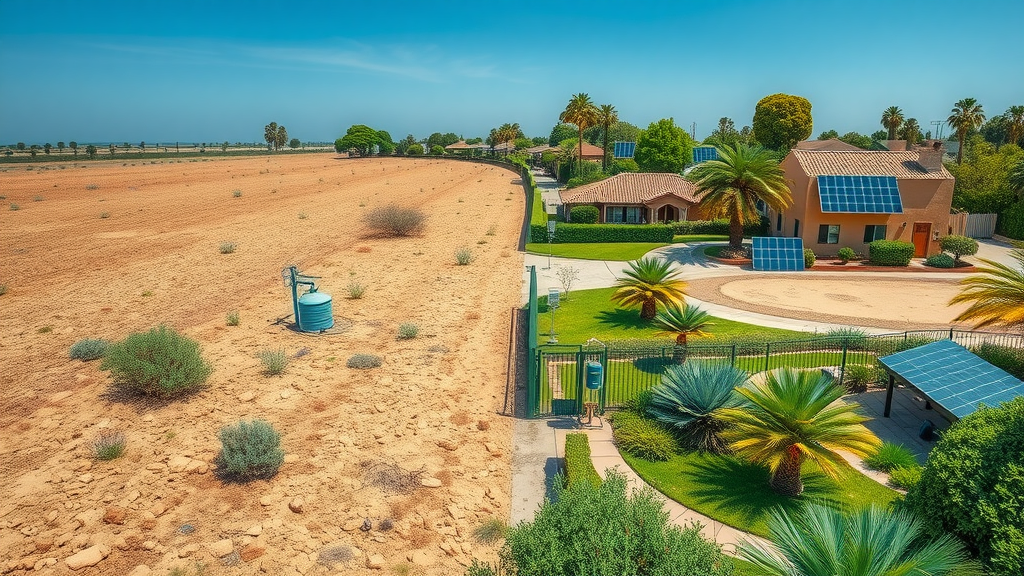
"Water-efficient plumbing fixtures can reduce household water consumption by up to 30%. Making the shift to eco-friendly plumbing not only helps the environment but also saves you money in the long run."
Maximize Your Benefits: What You’ll Gain from Embracing Eco-Friendly Plumbing
Choosing eco-friendly plumbing is more than just a responsible environmental choice—it’s a smart investment that delivers measurable personal and financial rewards. First, enhanced water conservation means seeing significant reductions in your monthly water and energy bills. By using less hot water—thanks to low-flow fixtures and improved water heaters—you also cut down on energy consumption, amplifying your savings.
What’s more, the latest plumbing solutions include smart technologies such as leak detection systems, pressure sensors, and real-time water use monitors. These upgrades not only ensure efficient operation but also help you catch costly issues like leaks long before they can damage your home.
Finally, opting for sustainable materials and innovative designs increases your property’s value and appeal. A modern, energy-efficient plumbing system is an attractive selling point for future buyers, making eco-friendly upgrades a wise strategy for homeowners and businesses alike.
- Discover how eco-friendly plumbing reduces water and energy bills.
- Understand key technologies driving sustainable plumbing solutions.
- Learn how to identify and upgrade crucial elements in your plumbing system.
Eco-Friendly Plumbing: The Basics and Beyond
Defining Eco-Friendly Plumbing and Its Key Elements
Eco-friendly plumbing refers to a holistic approach that minimizes the environmental impact of your plumbing system. Its key elements include the use of water-efficient fixtures (like low-flow showerheads and faucets), energy-saving water heaters, and sustainable materials such as PEX, copper, and recycled steel. These fixtures regulate water flow while ensuring you don’t sacrifice comfort or functionality.
In addition, eco-friendly plumbing embraces smart technology. Installing smart meters and leak detection systems allows you to easily monitor water usage and detect issues early. Emphasizing the use of components like dual-flush toilets, greywater systems, and rainwater harvesting units, further reduces water waste and boosts overall efficiency .
The goal is a plumbing system that not only meets your daily needs but also promotes sustainable water usage for the long term. Modern eco-friendly upgrades work seamlessly in both new buildings and renovations, making them accessible to everyone.
Why Shift to Sustainable Plumbing Today?
Switching to sustainable plumbing solutions is not just about following trends—it’s about taking action against looming water crises and rising energy costs. Outdated plumbing materials and inefficient water heaters are the leading contributors to resource waste, high energy consumption, and even carbon emissions in residential and commercial buildings.
Today’s sustainable plumbing technologies offer immediate benefits. With water-efficient fixtures, you can preserve valuable resources, and with innovative tankless water heaters, you’ll enjoy instant hot water without wasting energy maintaining a full tank. These improvements mean a lower carbon footprint and tangible reductions in environmental impact.
Ultimately, adopting eco-friendly plumbing is an effective way to future-proof your home or business. As regulations tighten and consumer expectations shift, upgrading now will ensure compliance, comfort, and cost savings for years to come.
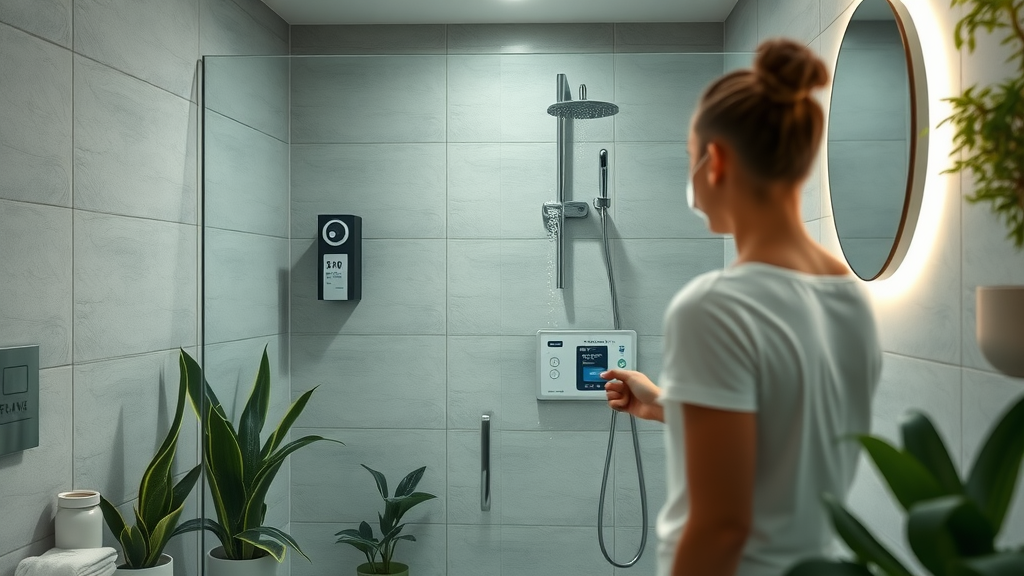
Friendly Plumbing Solutions for the Modern Home
Innovative Plumbing Solutions: From Low-Flow Fixtures to Smart Water Monitoring
Homeowners today can access a variety of friendly plumbing technologies designed to make water conservation easy and intuitive. Low-flow showerheads , faucets, and dual-flush toilets use less water per use while maintaining high water pressure, so your comfort doesn’t take a hit. Many models carry WaterSense certification, guaranteeing both efficiency and reliability.
Smart water monitoring systems are game-changers. These devices track real-time water usage , detect leaks instantly, and even shut off the water automatically if they sense a problem. This proactive approach not only prevents water waste but helps avoid expensive water damage repairs as well.
From programmable thermostatic valves to automated irrigation linked to rain sensors, the world of eco-friendly plumbing presents solutions that blend sustainability with convenience. Embracing these innovations gives you confidence that you are using water wisely, every single day.
Choosing Sustainable Plumbing Materials
The materials you choose for your plumbing system make a big difference in terms of environmental impact and longevity. Eco-friendly plumbing alternatives to PVC include copper , PEX , stainless steel , and recycled materials. These options are durable, recyclable, and have a far smaller carbon footprint compared to conventional plastics.
Copper pipes, for example, are long-lasting, naturally resistant to bacterial growth, and easy to recycle at the end of their lifespan. PEX piping is flexible, leak-resistant, and requires less energy to manufacture and install than traditional alternatives. Choosing sustainable materials for new builds or retrofits significantly lowers your home’s long-term environmental impact.
Even fittings and fixtures now come in eco-friendlier variations, manufactured with recycled components and non-toxic finishes. Prioritizing these advances ensures every connection in your home plumbing system tells a greener story.
Comprehensive Guide to Sustainable Plumbing
| Feature | Traditional Plumbing | Eco-Friendly Plumbing |
|---|---|---|
| Pipe Material | PVC, Galvanized Steel | Copper, PEX, Recycled Steel |
| Water Heaters | Storage Tank Water Heater | Tankless Water Heater, Solar Water Heater |
| Fixtures | Standard Faucets/Showers | Low-Flow Faucets & Showers |
| Toilets | Single-Flush, High-Usage | Dual-Flush, Low-Flow |
| Leak Detection | Manual, Reactive | Smart Sensors, Real-Time Alerts |
| Water Reuse | None | Greywater & Rainwater Harvesting Systems |
Water Conservation: Efficient Fixtures and Responsible Water Usage
Achieving water conservation begins with updating your home’s fixtures and adopting responsible habits. Simple steps such as installing low-flow showerheads and faucets, double-checking for hidden leaks, and using smart irrigation systems can reduce water usage by thousands of gallons per year.
Beyond hardware improvements, mindful practices like turning off the tap when brushing teeth, running washing machines with full loads, and capturing rainwater for garden use are small actions that add up. These eco-friendly behaviors, combined with efficient fixtures, fortify your home against waste while preserving this precious resource.
The right combination of technology and habit ensures that water conservation becomes second nature for every member of your household—all while keeping those utility bills low.
Leak Detection: Preventing Water Waste in Your Plumbing System
Unnoticed leaks are silent culprits of waste, potentially leading to skyrocketing water bills and costly property damage. Effective leak detection is critical in any plumbing system . Modern smart sensors continuously monitor pipes and fixtures, identifying even the smallest drips before they become big problems.
By integrating technology such as Wi-Fi-enabled leak detectors, you can receive instant alerts via smartphone about abnormal water flow or pressure drops, so you address the issue before any significant loss occurs. This proactive approach minimizes not just water waste but also protects your home’s value.
Scheduling annual professional inspections further ensures the longevity and reliability of your entire plumbing system, defending your investment against the unknown.
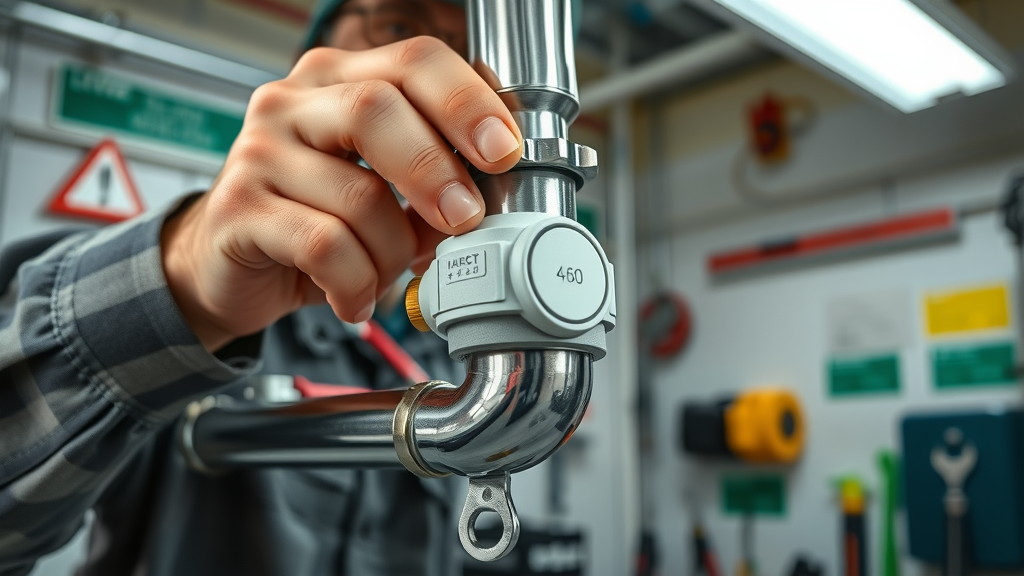
Eco-Friendly Water Heaters: Saving Energy and Water
Tankless Water Heaters vs. Traditional Water Heaters: Which Is Best for Sustainability?
Tankless water heaters have revolutionized the world of sustainable plumbing. Unlike traditional water heaters that maintain a large tank of hot water—using considerable energy even when hot water isn’t needed—tankless models heat water on demand. This reduces energy consumption dramatically, resulting in lower utility bills and a smaller environmental footprint.
While both options supply hot water, tankless systems are more compact, have a longer lifespan, and minimize water waste by delivering only the amount you need. Traditional water heaters, on the other hand, are bulkier, less efficient, and more prone to energy losses due to standby heat loss.
Making the switch to tankless is a clear win for most households aiming for energy savings and smarter resource use.
How Water Heaters Can Improve Water Usage and Energy Efficiency
Upgrading your water heater doesn’t just affect the temperature of your showers—it completely changes the game for water usage and energy efficiency . High-efficiency and solar-powered water heaters extract maximum heat from every unit of energy or sunlight, slashing monthly bills and carbon output.
Innovative features such as programmable timers, precise thermostats, and user-friendly controls mean you use hot water only when it’s needed. This not only reduces wasted energy but also lessens water waste by eliminating unnecessary prolonged heats.
By leveraging the best available water heating technology, you create a plumbing system that’s both environmentally friendly and cost-effective for years to come.
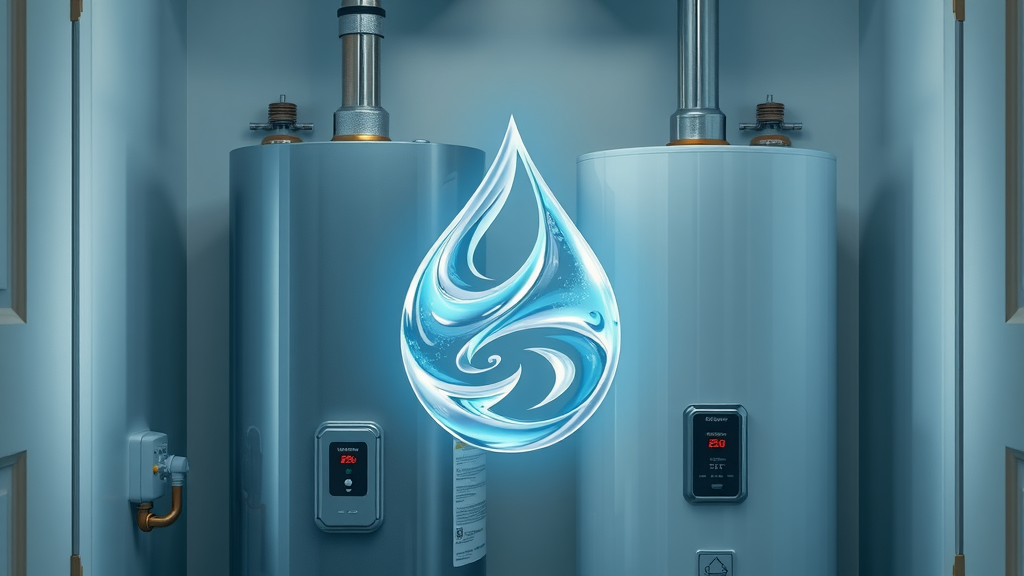
Flush Toilets and Greywater Systems: Cutting Edge Plumbing Solutions
Dual-Flush Toilets and Their Environmental Benefits
One of the most popular flush toilets for eco-friendly homes is the dual-flush design. These toilets feature two buttons or levels: one for liquid waste, using less water, and one for solid waste, which uses a standard flush. This innovation cuts down on unnecessary water usage every time you flush, lowering overall consumption by thousands of gallons a year for a typical family.
By integrating dual-flush toilets into your home, you directly contribute to local water conservation efforts and reduce your household’s environmental impact—without sacrificing comfort or hygiene.
Newer models are also designed for high efficiency, ensuring every flush is optimized to minimize water waste and keep bills down.
Integrating Greywater Systems for Advanced Water Conservation
Greywater systems capture gently used water from sources like showers, sinks, and washing machines, then filter and reuse it for irrigation or toilet flushing. By diverting this reusable water from the sewer, you lessen the demand on municipal treatment facilities and conserve more clean water for essential needs.
These advanced systems are ideal for eco-conscious homeowners aiming for next-level sustainability. Beyond saving money, greywater recirculation fosters resilient landscaping and supports water conservation even in times of drought.
Although installation requires a careful assessment of your plumbing system, the long-term benefits for both your property and the planet are undeniable.
Sustainable Plumbing for Businesses and Homes
Case Study: Real-World Results from Sustainable Plumbing Solutions
A mid-sized office in London recently overhauled its plumbing system, swapping in low-flow taps, smart leak detection sensors, and a tankless water heater. The facility reported a 30% reduction in water consumption and a 25% reduction in energy usage within six months. Improved water management also cut their water bill by hundreds of pounds annually.
Beyond cost savings, employee feedback reflected higher morale and satisfaction, as many recognized their company’s commitment to sustainability. In multi-family housing, similar upgrades saw landlords recoup costs within two years, all while attracting tenants who value environmentally friendly living.
These outcomes highlight how sustainable plumbing solutions provide real, measurable benefits for both homes and businesses—proving that going green isn’t just good for the Earth; it’s also good for people and profits.
"Businesses that invest in eco-friendly plumbing see workplace morale and sustainability credentials rise." – Industry Expert

Practical Steps to Implement Eco-Friendly Plumbing at Home
- Conduct an in-depth plumbing system assessment.
- Upgrade to water-efficient and tankless water heaters.
- Install low-flow showerheads, faucets, and flush toilets.
- Monitor water usage with smart devices.
- Choose sustainable and alternative plumbing materials.
If you’re ready to get started, first evaluate your plumbing system and prioritize fixtures with the highest water usage, like showers, toilets, and water heaters. Replacing old water heaters with tankless or solar-powered models maximizes energy and water efficiency. Always select materials and fixtures bearing sustainability certifications such as WaterSense or Energy Star.
Install user-friendly smart water monitors to easily manage consumption and catch leaks before they become an issue. Consider professional guidance for larger upgrades to ensure the best performance and long-term savings.
Each effort, no matter the scale, moves you closer to a truly eco-friendly plumbing solution—empowering your household to save money, conserve water , and reduce environmental impact.
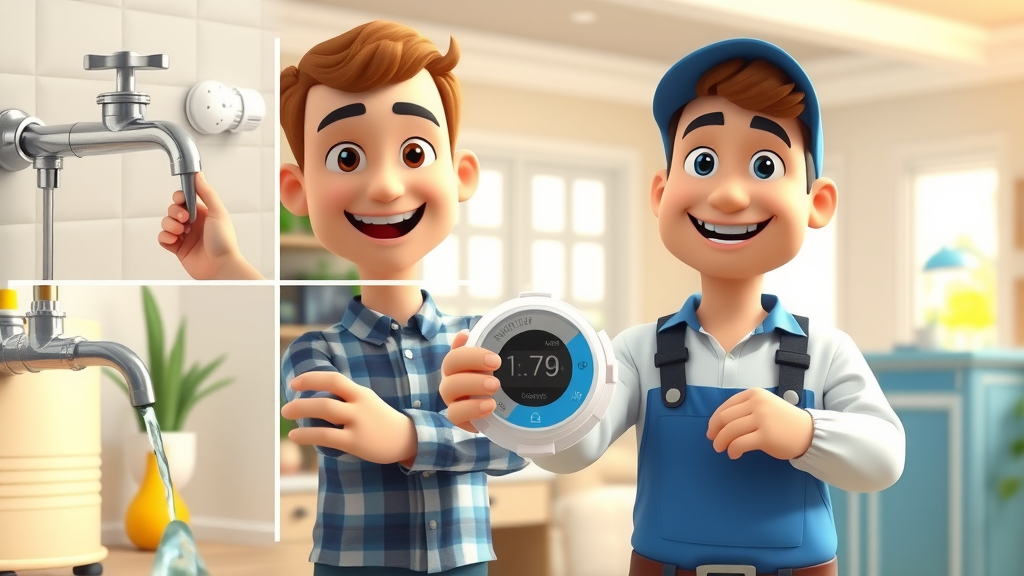
People Also Ask about Eco-Friendly Plumbing
What is the eco-friendly alternative to PVC pipe?
Copper, PEX, and recycled steel are considered eco-friendly alternatives to traditional PVC pipes, providing durability, recyclability, and lower environmental impact.
What are the sustainable materials for plumbing?
Sustainable plumbing materials include copper, PEX, stainless steel, and recycled or reclaimed materials. Each offers a lower carbon footprint than conventional choices and promotes longevity.
What is eco in plumbing?
‘Eco’ in plumbing refers to design and installations that minimize water and energy consumption, use sustainable materials, and prioritize overall environmental responsibility in every aspect of the plumbing system.
What is a green plumber?
A green plumber is a certified professional in eco-friendly plumbing practices, specializing in sustainable plumbing solutions, water conservation, and environmentally safe installation techniques.
Expert FAQs: Your Top Questions on Eco-Friendly Plumbing, Answered
- How can eco-friendly plumbing lower my bills? Upgrading to water-efficient fixtures and energy-saving water heaters directly reduces your household water and energy bills. Smart leak detection and accurate water usage tracking ensure even minor waste doesn’t go unnoticed, further driving down costs.
- What are the easiest upgrades for sustainable plumbing? Consider starting with low-flow showerheads, aerated faucets, and smart leak detection sensors. These upgrades deliver impressive savings with minimal disruption or cost.
- Can friendly plumbing solutions really reduce carbon emissions? Absolutely! Reducing hot water usage and energy consumption with efficient fixtures and heaters means your home produces fewer CO2 emissions, decreasing your carbon footprint over time.
- How often should leak detection be performed on my plumbing system? Experts recommend annual professional inspections, but ongoing monitoring with smart devices catches issues as they arise—eliminating wasted water and costly repairs.
- Do sustainable plumbing solutions require more maintenance? Most eco-friendly systems need the same or less maintenance than traditional setups. Routine checks on smart devices and scheduled filter replacements are straightforward, and durable materials often extend the system’s lifespan.
Take Action for a Greener Future with Eco-Friendly Plumbing
Harnessing the Power of Eco-Friendly Plumbing to Save Water, Energy, and Money
"Switching to eco-friendly plumbing is an investment in the environment and the next generation."
By adopting eco-friendly plumbing, you take a powerful step in saving water, money, and the planet. The journey to sustainability begins with simple choices: choose smarter fixtures, upgrade to efficient water heaters, and seek certified advice for your next home improvement.
Contact Ed Serrell Plumbing and Heating for Expert Eco-Friendly Solutions
- For expert help or advice from Ed Serrell Plumbing and Heating call 0796 688 4368 , or email info@edsplumbing.co.uk
Start with a system assessment, upgrade your fixtures, and consult an expert to make your home a model of eco-friendly plumbing today.
Sources
- EPA WaterSense – https://www.epa.gov/watersense
- U.S. Department of Energy – https://www.energy.gov/energysaver/water-heating
- Green Plumbers USA – https://www.greenplumbersusa.com/
- Building Green – https://www.buildinggreen.com/
To further enhance your understanding of eco-friendly plumbing and its benefits, consider exploring the following resources:
-
“The Benefits of Green Plumbing” : This article delves into how green plumbing practices contribute to energy efficiency, reduced carbon footprints, and financial savings. ( callmoser.com )
-
“Eco-Friendly Plumbing: Save Water, Save the Planet” : This resource discusses how eco-friendly plumbing can lead to lower water and energy bills, reduced environmental impact, and improved indoor air quality. ( consumerenergycenter.org )
If you’re serious about adopting sustainable plumbing solutions, these resources will provide you with valuable insights and practical steps to make your home more eco-friendly.
 Add Row
Add Row  Add
Add 








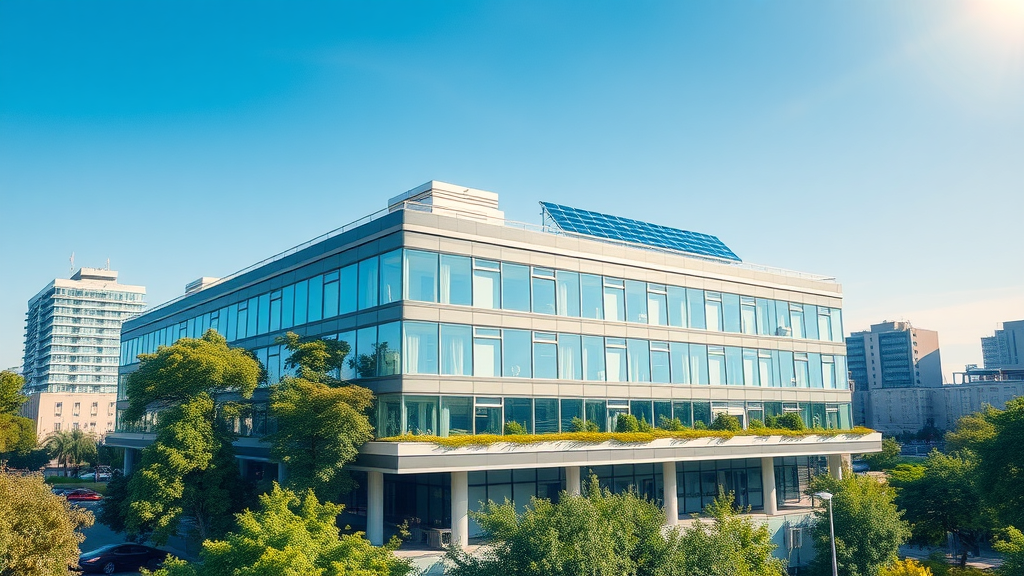
Write A Comment